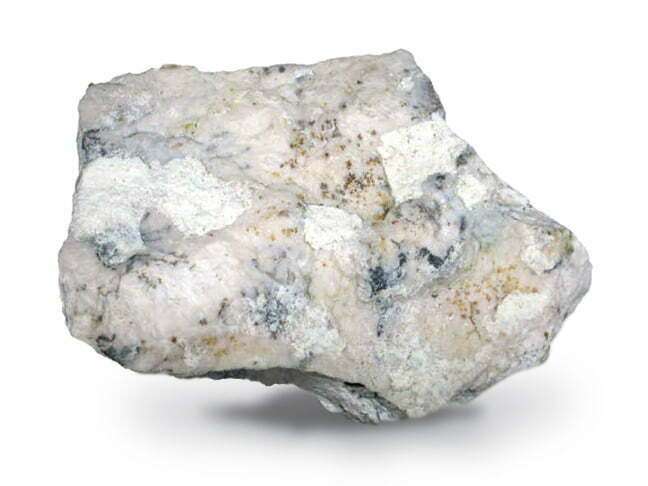Cleaning Clays
Certain clays (particularly montmorillonite, as shown in Figure 9) will dehydrate at temperatures lower than 180° F (82° C) if the relative humidity is reduced to zero during the cleaning process. It is important to avoid this because the water on the clay surface is chemically bound to the clays in the reservoir and so reduces the pore space available for hydrocarbons. Data indicate that reservoir clays at moderate depths retain two molecular layers of water on their surfaces. Removal of this water in the laboratory results in an increase of approximately 3.3 porosity percentage points for each 10% of montmorillonite present. Removal of this water will also result in an increase in the measured grain density.

The basic Dean-Stark and Soxhlet cleaning techniques may not be suitable for clay-bearing rock, since samples have been known to crack during the cleaning process when these techniques have been used. The Soxhlet technique can be used in some circumstances by cooling the toluene prior to the time that it contacts the samples. Low temperature solvent flushing by centrifuging is recommended, as it is relatively fast and has proven to be a reliable technique when clays are troublesome. Gypsum poses similar problems and also requires special analytical techniques that expose the samples to temperatures no greater than 147°F (64ºC). Various studies have found that the presence of 10% gypsum in a rock sample will increase the porosity by 4.7 percentage points if all the water of hydration is removed from this material.
 Petro Shine The Place for Oil and Gas Professionals.
Petro Shine The Place for Oil and Gas Professionals.



